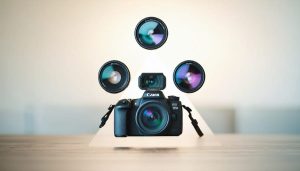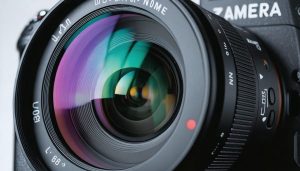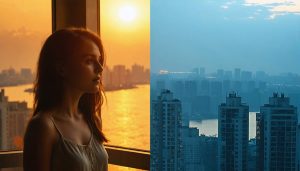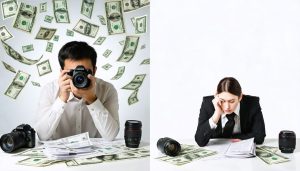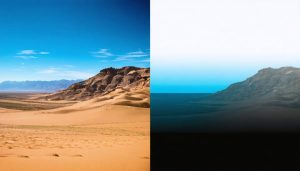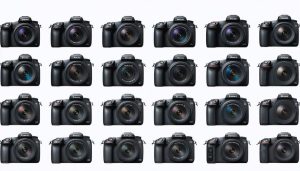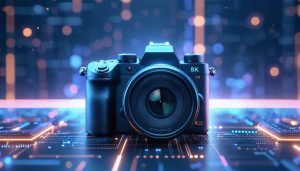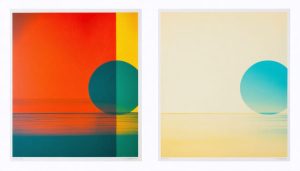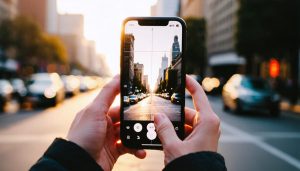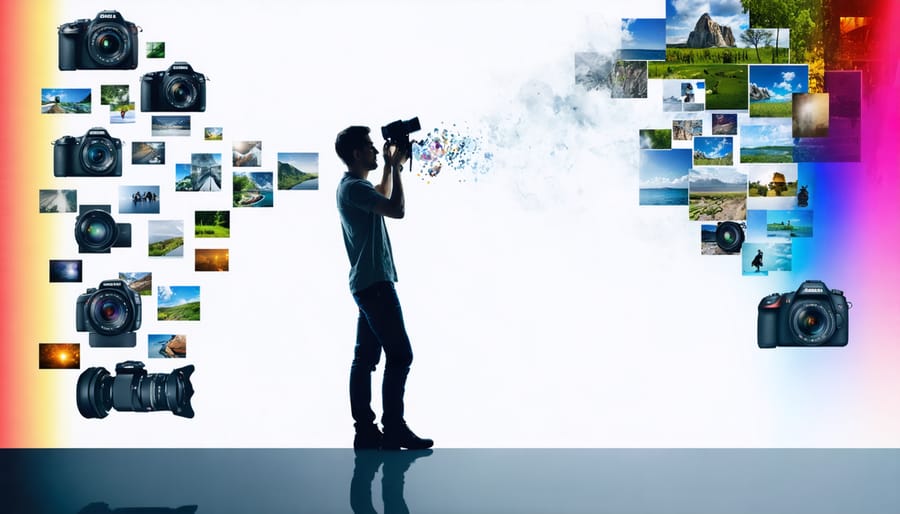
In the hands of a skilled photographer, every technical and creative choice becomes a powerful tool for visual argumentation. From the decisive moment of clicking the shutter to the final post-processing decisions, photographers craft their arguments through a sophisticated interplay of composition, lighting, and narrative elements. Like a writer wielding words or a painter selecting colors, photographers harness tools ranging from basic camera settings to advanced editing techniques to shape viewer perception and convey specific messages.
The photographer’s toolkit extends far beyond mere equipment, encompassing creative decisions about framing, timing, and context that transform ordinary scenes into compelling visual statements. Each choice—whether it’s the stark contrast of black and white, the intimate proximity of a wide-angle lens, or the careful manipulation of depth of field—serves as evidence supporting the photographer’s central argument. Understanding these tools and their rhetorical impact empowers photographers to move beyond simple documentation to create images that persuade, challenge, and inspire.
In today’s digital age, this toolset has expanded to include sophisticated post-processing techniques, ethical considerations, and platform-specific optimization strategies, all working together to strengthen the photographer’s argumentative voice.
The Power of Post-Processing Software
Color Grading for Emotional Impact
Color grading is one of the most powerful tools photographers use to shape viewer emotions and strengthen their visual arguments. Just as filmmakers use color to set the mood of a scene, photographers can manipulate color to evoke specific feelings and guide interpretation of their images.
Consider how a slight warming of skin tones can make a portrait feel more inviting and intimate, while cooling the same image might create emotional distance or melancholy. When documenting social issues, photographers often desaturate colors to create a more serious, documentary feel, or boost contrast to heighten dramatic tension.
Split-toning techniques, where different colors are applied to highlights and shadows, can create sophisticated emotional layers. For instance, applying warm highlights and cool shadows in landscape photography can suggest the conflict between human development and nature. Many photojournalists use subtle color grading to emphasize their narrative without compromising the authenticity of their documentation.
The rise of presets and filters has made color manipulation more accessible, but thoughtful photographers use these tools deliberately rather than arbitrarily. They might emphasize certain colors to draw attention to key elements, or create color harmony to support their intended message. For example, muting competing colors while preserving one dominant hue can make a powerful statement about focus and importance in the frame.
Success in color grading comes from understanding both the technical aspects and the psychological impact of color choices, always in service of the photographer’s larger argument or story.
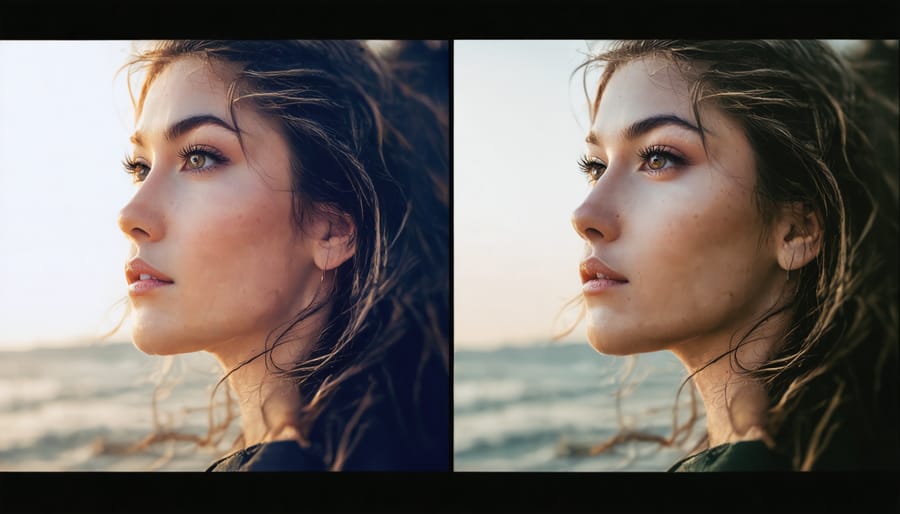
Selective Editing to Guide Attention
Photographers wield powerful tools through selective editing to guide viewers’ attention and strengthen their visual arguments. By strategically manipulating various digital editing software features, they can create a clear visual hierarchy that leads viewers through the image in a deliberate way.
One of the most effective techniques is selective brightening and darkening. By subtly increasing the luminosity of key elements while slightly dimming less important areas, photographers can naturally draw the eye to crucial aspects of their message. Think of it as creating spotlights that guide viewers through your visual story.
Color adjustments play an equally important role. Selective saturation can make certain elements pop while muting others, while targeted white balance adjustments can create emotional connections or disconnect between different parts of the image. For instance, warming the tones around a subject can create a sense of intimacy, while cooling surrounding areas can suggest isolation or distance.
Local contrast adjustments through clarity or texture tools help emphasize texture and detail where it matters most. This technique is particularly powerful for documentary photographers who want to highlight specific conditions or details that support their argument while maintaining the authenticity of the overall image.
Remember that subtlety is key – the goal is to guide attention naturally without making edits obvious or manipulative. The best selective editing enhances your message while maintaining the credibility of your visual argument.
Composition Tools and Techniques
Cropping and Aspect Ratios
Cropping and aspect ratios are powerful tools that photographers use to reshape their visual narrative and guide viewer interpretation. By selectively framing and recomposing an image during post-processing, photographers can emphasize specific elements, create tension, or establish a particular emotional response.
Consider how a landscape photograph cropped to a wide panoramic format (16:9) can emphasize the vastness of a scene, while a square crop (1:1) might create a more intimate, focused perspective of the same location. Similarly, tight cropping around a subject can create immediacy and emotional impact, while allowing more negative space might convey isolation or contemplation.
The rule of thirds becomes particularly powerful when combined with strategic cropping. Photographers often use this technique to direct attention to specific areas within the frame or create visual balance that supports their intended message. For instance, cropping an image of a solitary figure against an urban backdrop to position them in the lower third can emphasize themes of alienation or insignificance.
Different aspect ratios also carry cultural and historical associations. The classic 4:3 ratio might evoke nostalgia for vintage photography, while contemporary 16:9 crops align with modern cinematic storytelling. By choosing specific crop dimensions, photographers can subtly influence how viewers contextualize and interpret their work, adding another layer to their visual argument.
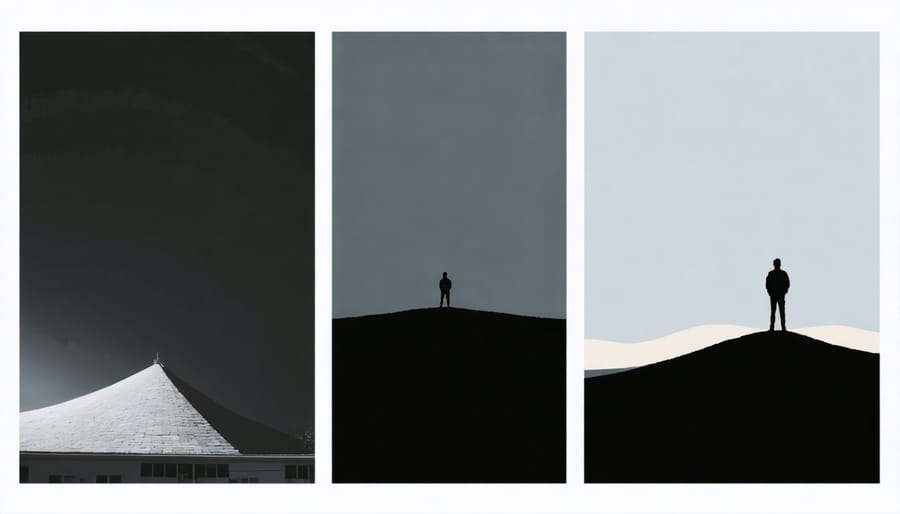
Leading Lines and Visual Flow
Leading lines and visual flow are powerful compositional tools that photographers use to guide viewers through their images and strengthen their visual arguments. By strategically placing lines, shapes, and patterns within the frame, photographers can create a deliberate path for the eye to follow, ultimately emphasizing key elements and reinforcing their intended message.
Natural lines in the environment, such as roads, rivers, or architectural features, can be positioned to direct attention toward the main subject. For instance, a winding path leading to a solitary tree can symbolize life’s journey, while converging city streets can represent progress or urban development. These compositional choices, combined with advanced camera settings, help photographers craft compelling visual narratives.
Photographers also create implied lines through the arrangement of multiple elements or through the gaze of subjects within the frame. A series of people looking in the same direction naturally draws viewers’ attention along that path, while repeated objects can form a visual rhythm that leads to the focal point. Even subtle elements like light gradients or color transitions can establish directional flow.
The strategic use of these tools helps photographers construct their arguments by controlling how viewers interact with the image, ensuring that important elements are noticed in a specific sequence that reinforces the intended message or story.
Advanced Tools for Visual Storytelling
Focus Stacking and Exposure Blending
In the pursuit of creating compelling visual arguments, photographers often face technical limitations with their cameras. Two powerful techniques – focus stacking and exposure blending – help overcome these constraints while strengthening the visual impact of their work.
Focus stacking addresses the challenge of achieving perfect sharpness throughout an image, particularly in macro and landscape photography. By capturing multiple images at different focus points and combining them, photographers can create images with unprecedented depth and clarity. This technique becomes particularly powerful when making detailed arguments about texture, form, or intricate natural processes that might be lost in a single exposure.
Exposure blending, on the other hand, tackles the camera sensor’s limited dynamic range. By capturing multiple exposures and combining them thoughtfully, photographers can reveal details in both highlights and shadows that would otherwise be lost. This technique proves invaluable when constructing arguments about contrast, mood, or environmental conditions that a single exposure cannot adequately convey.
Success with these techniques requires efficient workflow management and careful planning during both capture and post-processing. The key lies not just in mastering the technical aspects, but in using these tools purposefully to support your visual narrative. When applied thoughtfully, these techniques can transform an ordinary scene into a powerful visual statement that resonates with viewers and strengthens your photographic argument.
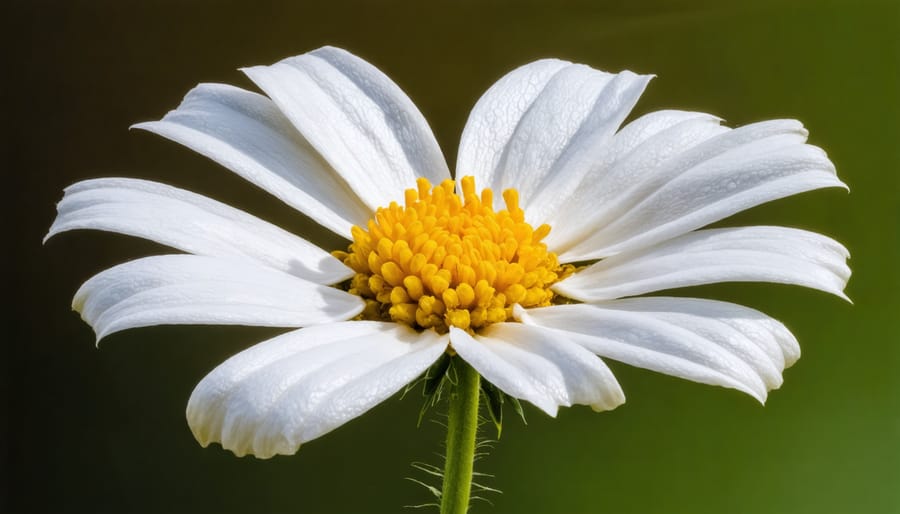
AI-Enhanced Tools for Artistic Expression
In today’s digital age, photographers have access to powerful AI-enhanced tools that expand their creative possibilities while strengthening their visual arguments. Advanced image editing software like Adobe’s Sensei AI technology helps photographers enhance their message through intelligent subject selection, sky replacement, and neural filters that can modify expressions and lighting with unprecedented precision.
AI-powered composition analysis tools assist photographers in refining their image structure, suggesting optimal cropping points and identifying visual elements that might strengthen or weaken their intended message. These tools act as collaborative partners, offering suggestions while leaving creative control firmly in the photographer’s hands.
Style transfer algorithms enable photographers to experiment with different artistic interpretations of their images, helping them find the most effective visual language for their argument. Meanwhile, AI-driven color grading tools can ensure consistency across photo series, reinforcing narrative cohesion in documentary or editorial work.
Emerging technologies like computational photography combine multiple exposures and utilize machine learning to capture details in challenging lighting conditions, allowing photographers to better document and present their subjects. These tools are particularly valuable when photographing social issues or environmental concerns where accurate representation is crucial.
However, it’s important to remember that AI tools should enhance, not replace, the photographer’s vision. The most compelling visual arguments still stem from the photographer’s unique perspective, with AI serving as a sophisticated means to realize their creative intent.
Ethical Considerations in Tool Usage
As photographers, we wield powerful tools that can shape perceptions and influence opinions through our images. With this power comes significant responsibility, and it’s crucial to understand the ethical boundaries when using photographic tools to construct arguments.
First and foremost, transparency is paramount. While post-processing tools allow us to enhance images dramatically, we must maintain honesty about the extent of our adjustments, especially in documentary or journalistic work. For instance, basic exposure corrections and color adjustments are generally accepted, but removing or adding elements that fundamentally change the story being told crosses an ethical line.
The rise of AI-powered editing tools has further complicated these ethical considerations. While these tools offer unprecedented capabilities, photographers must carefully consider whether their use serves the truth of their argument or misleads their audience. This is particularly relevant in photojournalism, where authenticity is non-negotiable.
Context manipulation is another area requiring careful consideration. Through careful framing, selective focus, and timing, photographers can dramatically influence how viewers interpret a scene. While these techniques are valid tools for creating compelling arguments, they should be used responsibly to avoid misrepresenting reality.
When working with subjects, informed consent becomes crucial. This extends beyond simply obtaining permission to take photos – it includes being transparent about how the images will be used to support your argument. This is especially important when photographing vulnerable populations or sensitive subjects.
Commercial photography presents its own set of ethical challenges. While creative enhancement is generally more accepted in advertising, photographers should still consider the implications of creating unrealistic expectations or promoting harmful stereotypes through their work.
Digital manipulation tools should enhance rather than fabricate. A good rule of thumb is to ask whether your adjustments support the authentic story you’re trying to tell or if they’re creating a false narrative. This applies to everything from basic color grading to complex compositing.
The key is maintaining a balance between artistic expression and ethical responsibility. While our tools give us the power to create almost any image we can imagine, our integrity as photographers depends on using these tools in ways that serve truth and authentic storytelling, even as we craft compelling visual arguments.
In the ever-evolving world of photography, the thoughtful application of tools and techniques remains essential for creating compelling visual arguments. As we’ve explored throughout this article, photographers have a vast arsenal at their disposal – from camera settings and composition techniques to post-processing software and presentation methods. The key to success lies not in using every available tool, but in selecting and combining the right ones to support your intended message.
Remember that authenticity should always be at the forefront of your creative decisions. While tools can enhance your argument, they should never overshadow or misrepresent the fundamental truth you’re trying to convey. Consider each creative choice as a building block that strengthens your visual narrative, whether it’s using selective focus to direct attention, manipulating color to evoke emotion, or carefully timing your shot to capture the perfect moment.
The most effective visual arguments often emerge when photographers strike a balance between technical proficiency and artistic intuition. By mastering your tools while staying true to your vision, you can create images that not only capture attention but also communicate powerful messages that resonate with viewers. Whether you’re documenting social issues, telling personal stories, or creating art that challenges perspectives, remember that your tools are simply means to an end – the end being a compelling visual argument that speaks to your audience’s hearts and minds.


